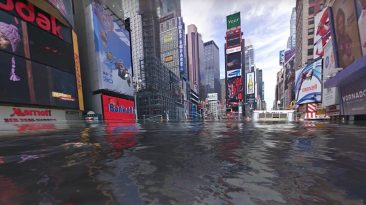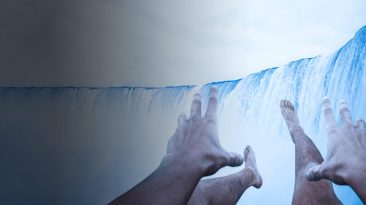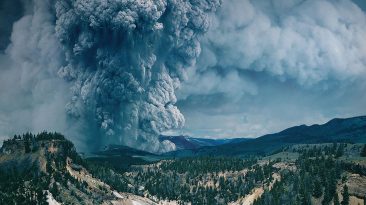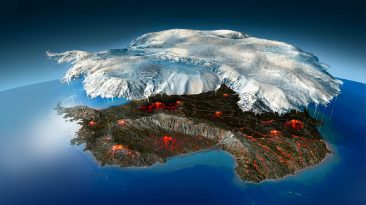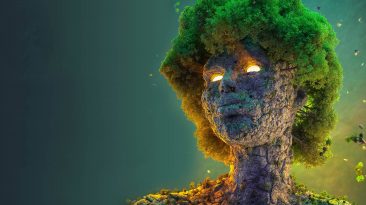It may sound like a myth ripped from ancient legends, but there is a real place on Earth where animals appear to turn to stone. Welcome to Lake Natron, a deadly lake in northern Tanzania that has earned a reputation for preserving creatures in eerie, calcified states.
Though it is not magical like Medusa’s stare, the science behind this natural phenomenon is just as chilling. The lake’s extreme alkalinity and high mineral content can rapidly mummify animals that come into contact with it, turning them into haunting statues that seem frozen in time.

1. The Water Is Chemically Similar to Mummification Fluid
Lake Natron gets its name from natron, a naturally occurring mixture of sodium carbonate and sodium bicarbonate. These same compounds were used in ancient Egypt to mummify the dead.
What makes the lake even more dangerous is its location next to the active volcano Ol Doinyo Lengai, which spews rare natrocarbonatite lava. The lava flows into the lake, giving it extreme alkaline levels of up to pH 10.5, similar to ammonia. The result is a salty, corrosive soup that can preserve animals almost perfectly.

2. Animals That Die in the Lake Become Preserved Like Statues
Wildlife photographer Nick Brandt brought global attention to Lake Natron in 2013 when he published photos of calcified birds and other animals. Many of these creatures likely mistook the reflective water for open sky, crashing into the lake and becoming trapped.
Over time, the high alkalinity and salt content hardened their remains, leaving them frozen in time, weathers, wings, and all. The effect is haunting, with stone-like corpses littering the shores.

3. Flamingos Thrive Where Other Animals Die
Despite its deadly environment, Lake Natron is actually a safe haven for flamingos. These birds have adapted to harsh saline lakes with thick skin, scaly legs, and special glands that let them drink saltwater.
Even the toxic algae that grows in the lake is food for them. With few predators brave enough to enter the lake, it’s an ideal spot for flamingos to breed and raise their young. The massive flocks that gather here are one of the lake’s most iconic and colorful sights.

4. The Water Can Reach Scalding Temperatures
Swimming in Lake Natron is incredibly dangerous, not only because of its toxic chemical composition but also due to its extreme heat.
During certain times of the year, the water temperature can soar to sixty degrees Celsius, which is one hundred and forty degrees Fahrenheit. That is hot enough to cause serious burns in just a few seconds. Even if the water feels tolerable at first, the lake’s shallow bottom is lined with jagged salt crystals that can easily slice through skin. Any cuts or scrapes would be exposed to the lake’s harsh chemical mixture, leading to intense stinging, irritation, and a high risk of infection. This makes even a brief dip in Lake Natron a dangerous and painful experience.

5. It Can Preserve Human Bodies for Centuries
If you were to drown in Lake Natron, your body would undergo a very unusual process. Instead of decomposing like it normally would in most bodies of water, it would be almost perfectly preserved.
The lake’s extremely high salt content and alkaline chemistry act like a natural embalming agent, keeping your skin, internal organs, and even your hair intact for an incredibly long time. These harsh conditions are too toxic for most bacteria and scavengers, which means the usual processes of decay are halted. Centuries later, your body could still appear eerily well preserved, almost as if frozen in time.

6. People Have Survived Crashes Into the Lake
In 2007, a helicopter carrying a team of wildlife filmmakers went down in the unforgiving waters of Lake Natron. The crash was violent, and one passenger suffered a broken hip while another sustained a broken leg. Despite the harsh environment and their serious injuries, all of them survived, a miracle given the lake’s deadly reputation.
One crew member managed to reach the shore and alerted nearby Masai tribespeople. The local villagers quickly responded, crafting stretchers by hand and carrying the injured to safety. It was an extraordinary act of human resilience and cooperation in a place where nature usually does not give second chances.



